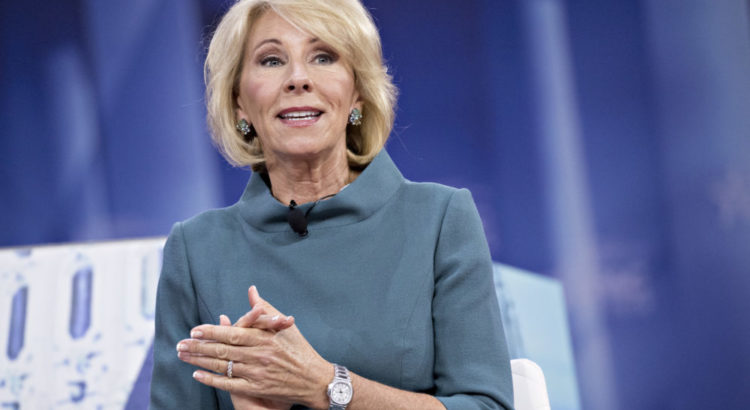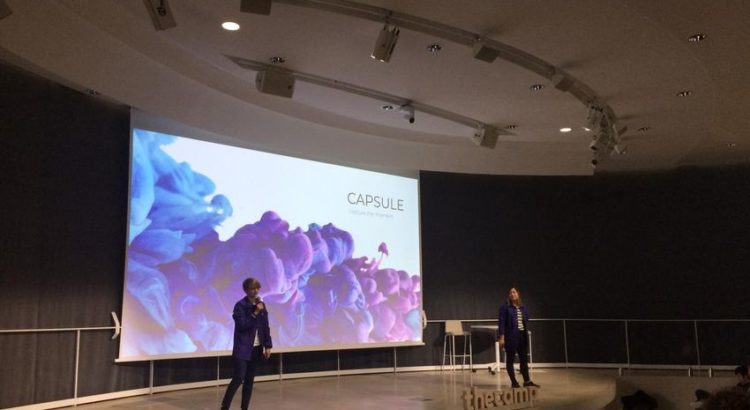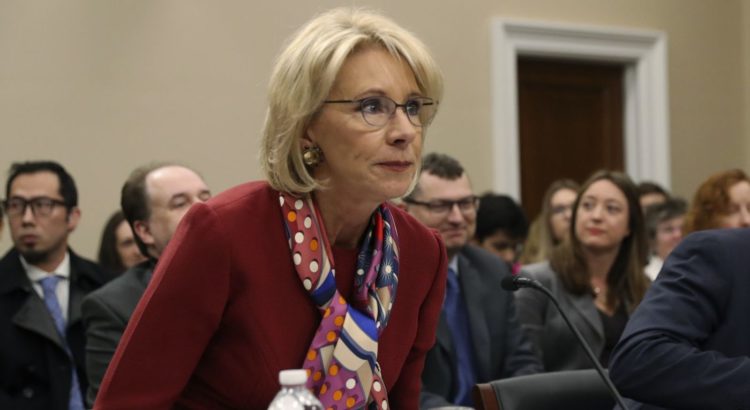Por: David Perkins
Visualizar lo que podría tener un valor dentro de los contenidos que enseñamos en las escuelas es, sin duda, un acto fundamental de imaginación educativa. Hasta ahora, siempre nos hemos centrado en educar para lo conocido. Sin embargo, apostar por que el mañana se parecerá al ayer no parece muy adecuado. Necesitamos un programa más audaz. Llamémoslo educar para lo desconocido que, lejos de ser una paradoja inabordable, puede resultar atractivo y estimulante.
Lograrlo pasa, según David Perkins, por identificar grandes temas de comprensión, grandes preguntas y grandes destrezas, entendiendo grande como esencial, aquello que nos capacita ampliamente durante toda la vida para desenvolvernos bien ante cualquier situación. ¿Puede esta visión darnos quizá la esperanza de que, a través de la educación, podemos acceder a lo desconocido, abordar sus giros e imprevistos, y situarnos en el camino hacia la sabiduría?
En este sentido, David Perkins plantea la necesidad de repensar los contenidos curriculares a través de las siguientes tres claves fundamentales:
1.Definir cuáles son los grandes temas de comprensión
Los grandes temas de comprensión lo son normalmente en cuatro sentidos:
• Grandes en información: comprenderlos ayuda a desvelar el funcionamiento de nuestro mundo físico, social y artístico, y también el de otros mundos.
• Grandes en actos: comprenderlos nos proporciona el poder para actuar con eficacia desde diferentes puntos de vista: profesional, social, político y otros.
• Grandes en ética: comprenderlos nos empuja hacia formas de pensar y conductas más éticas, humanas y comprometidas.
• Grandes en oportunidad: hay muchas probabilidades de que algunos de estos temas se comprendan en momentos claves y en muy diversas circunstancias.
2. Establecer qué son grandes preguntas
¿Qué es lo que hace grandes a las grandes preguntas? Al igual que ocurre con los grandes temas de comprensión, las grandes preguntas lo son en cuanto a que ofrecen información, actos, ética y oportunidad.
Las preguntas también son contenido. Conocer una gran pregunta, mantenerla viva en la mente y desarrollar la habilidad de plantearla es poseer una especie de pasión y poder para moverse por el mundo. Aunque estemos profundamente condicionados para pensar que lo que aprendemos son respuestas, las grandes preguntas son algo que merece la pena aprender.
3. Elegir las grandes destrezas
Las grandes destrezas inciden en cómo podría gestionarse mejor la vida desde una perspectiva personal e interpersonal. De cara a la vida que probablemente tendrán los alumnos en el futuro, es importante desarrollar habilidades y actitudes capaces de hacer frente a grandes desafíos, como la autocomprensión, la empatía, la ética y la colaboración, y, por supuesto, el pensamiento eficaz.
Las grandes destrezas personales e interpersonales facilitan la percepción de uno mismo en el mundo, te guían para que realices actos prácticos y nutren las actitudes éticas y el comportamiento, además de crear numerosas oportunidades para su aplicación. Por ello, constituyen una pieza clave de la respuesta a la pregunta ¿qué merece la pena aprender?
Fuente: https://aprenderapensar.net/2017/01/09/educar-para-un-mundo-cambiante/














 Users Today : 19
Users Today : 19 Total Users : 35460228
Total Users : 35460228 Views Today : 24
Views Today : 24 Total views : 3418919
Total views : 3418919